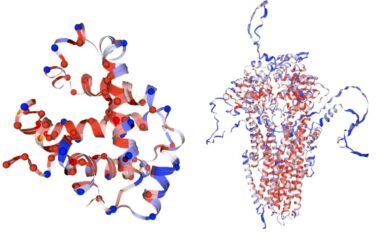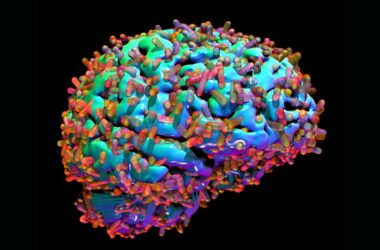According to a recent study, binge drinking rates in the United States have reached a record high among adults between the ages of 35 and 50. This reflects a pattern of increasing alcohol use in this particular age group over the past decade.
The data was collected by Megan Patrick and her colleagues at the University of Michigan as part of the Monitoring the Future study, which has been tracking substance use in the US since 1975. The study surveyed approximately 28,500 adults each year, with participants joining the study during their last year of secondary school. However, the study does not include individuals who dropped out of school or were abroad during that academic year.
Researchers analyzed data from two age groups: young adults (19-30 years old) and “midlife” adults (35-50 years old). They found that almost 29 percent of the older demographic reported binge drinking, defined in this study as consuming five or more drinks in a row, within the past two weeks. This is an increase of nearly 4 percentage points from 2021 and more than 6 percentage points from 2012. In contrast, less than 31 percent of younger adults reported binge drinking in 2022, which is a decrease of almost 5 percentage points from a decade ago.
The study also discovered a shift in the ages at which binge drinking is most prevalent. Previously, it was more common among those in their early to mid-20s. However, prevalence is now similar for both young adults and midlife adults.
One possible reason for the decrease in binge drinking among younger adults is their increased use of drugs other than alcohol, such as cannabis and nicotine. Additionally, there has been a growing interest in sober living among younger generations. On the other hand, the reasons for the increase in binge drinking among midlife adults are less clear. It is possible that people in this age group turn to alcohol as a way to cope with stress, especially considering the impact of the pandemic and other personal challenges.
Celebratory events may also contribute to binge drinking. As people begin to resume pre-pandemic activities, such as attending weddings or bachelor parties, there may be an associated increase in alcohol consumption.
However, regardless of the cause, the rise in binge drinking is concerning due to its association with various health conditions like heart disease, cancer, depression, anxiety, and post-traumatic stress disorder (PTSD). The study highlights the importance of prevention and intervention efforts, not only for young adults but also for adults in midlife.
Insights:
- US adults aged 35-50 have experienced a significant increase in binge drinking, surpassing previous record rates.
- The trend of escalating alcohol use in this age group has been observed over the past decade.
- Younger adults are now engaging in different substance use behaviors, such as cannabis and nicotine, which may contribute to their decrease in alcohol consumption.
- The reasons behind the rise in binge drinking among midlife adults are not fully understood, but stress and life upheavals may play a role.
- Celebratory events and the resumption of pre-pandemic activities could also contribute to increased alcohol consumption.
- Binge drinking is associated with several health conditions, emphasizing the need for prevention and intervention efforts.








